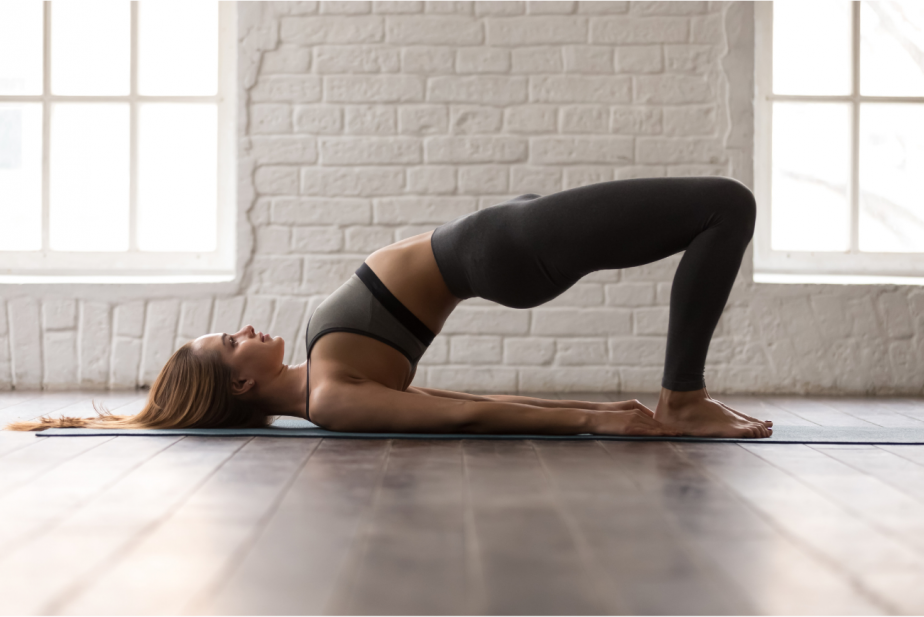Gluteal amnesia, sleeping butt, dead butt syndrome; these names may cause you to chuckle when you hear them, but it is no laughing matter. The glutes or buttocks are the largest muscle group in our body and if not functioning properly can result in pain and discomfort in many other areas. Luckily, there is a lot we can do to wake up that derrière!
Let’s start by explaining what it is and how it happens. Basically, this syndrome occurs when the glutes or butt muscles forget how to activate and properly do their job. The biggest reason is due to inactivity mainly from a sedentary lifestyle. Sitting all day causes compression on our glutes which slows down our vascular or nerve function. As the old saying goes, move it, or lose it.
 There are ways to determine if you suffer from gluteal amnesia. First, pain. It can occur in various areas of the body. The wrong muscles take over for lack of gluteal activity, typically our lower back muscles and hamstrings. The result is pain in these improperly recruited muscles.
There are ways to determine if you suffer from gluteal amnesia. First, pain. It can occur in various areas of the body. The wrong muscles take over for lack of gluteal activity, typically our lower back muscles and hamstrings. The result is pain in these improperly recruited muscles.
Here’s a quick test: Lie on your back and bend your knees keeping your feet on the ground. Lift your butt into a bridge position, then lift one leg. Hold here for 10 seconds. Feel your glutes on both sides, are they tight? Yes? Great. Now feel the front or quadriceps of your lifted thigh, if these muscles are also tight or your back begins to hurt, it may mean your glutes are not doing their proper job.
If you have glute amnesia, it’s also very likely that you also have tight hip flexors which are located at the front of your body where you bend at the waist to sit. The description is simple, your glutes are getting over stretched and compressed while your hip flexors are tight and shortened from staying in this seated or flexed position. The technical term for this situation is called Lower Cross Syndrome. It is this chronic imbalance that contributes to keeping your glutes in an elongated and weakened state. The key is getting your glutes to fire while also stretching your hip flexors.
This diagnosis is detrimental to the whole body as the glutes are the strongest and largest muscle group and responsible for our propulsion. When they don’t function properly, we rely on other muscles to get the job done. This results in faulty movement patterns and possibly further injury. To correct our imbalance, we need to activate and strengthen our glutes while stretching and lengthening our hip flexors. Challenge the butt muscles with big explosive movements like jumping, hip thrusts, running, squatting, and lunging.
To begin though let’s start small and make certain this important muscle group is working properly.
Isometric contractions: This is a gentle wake up call to your glutes.
A: Start by contracting your glutes (squeezing your butt muscles together) for 3 seconds. (The great thing about these exercises is they can be done anywhere and require no equipment.) As you squeeze, make sure both sides of your glutes are contracting equally. If one side is still asleep, focus only on this side until it wakes up. Don’t let one side work for both or you will then develop a strength imbalance issue- perform 2 sets of 10 reps: seated, standing and lying face down.
Dynamic drills: Use either a small loop band or an ArcaRay w/resistance band. The idea of incorporating equipment is to activate your glute fibers, not letting your hamstrings or hip flexors take over during the lift. Focus is on quality, created by specific mind-muscle connections. Tactical stimulation or touching the muscles creates activation to increase mental awareness in that area. Placing your fingers on the skin immediately engages your nerve endings causing muscle response. This light touch sends a signal to the brain to help it focus and recruit those muscles. Used properly, over time this will generate greater recruitment of the working muscle. (Rule of thumb, as you work through these exercises below, try to consciously focus and squeeze the targeted muscles throughout the entire range of motion. It takes time but with practice, you will get better.)
A: Side lying abduction exercises (with heel leading towards ceiling) – perform 2 sets of 10 reps
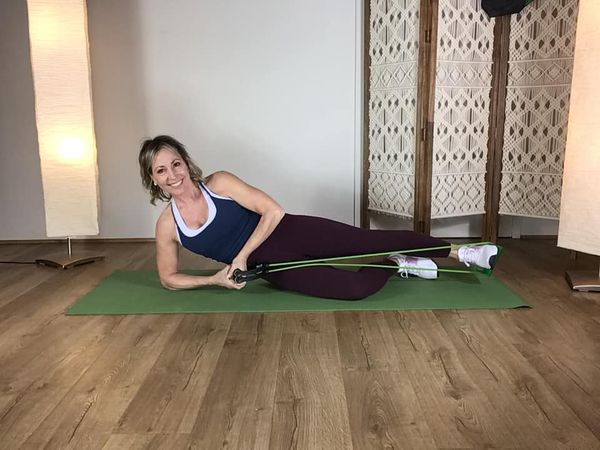
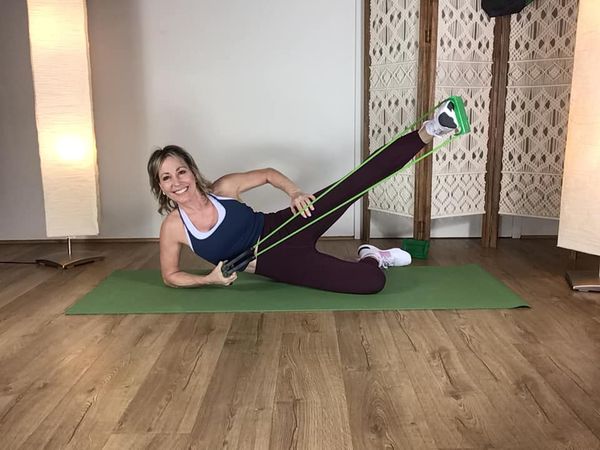
B: Quadruped glute pushbacks – perform 2 sets of 8 reps
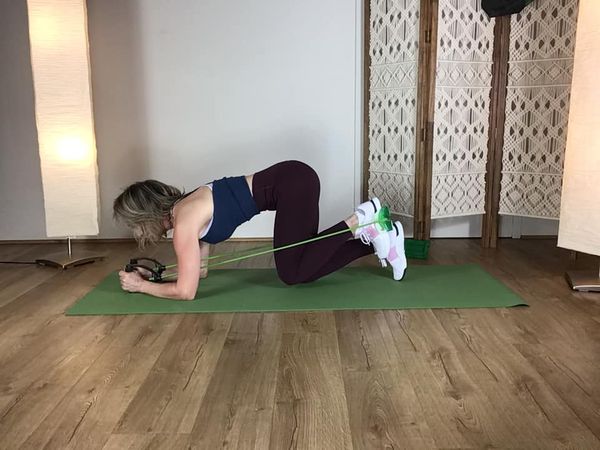
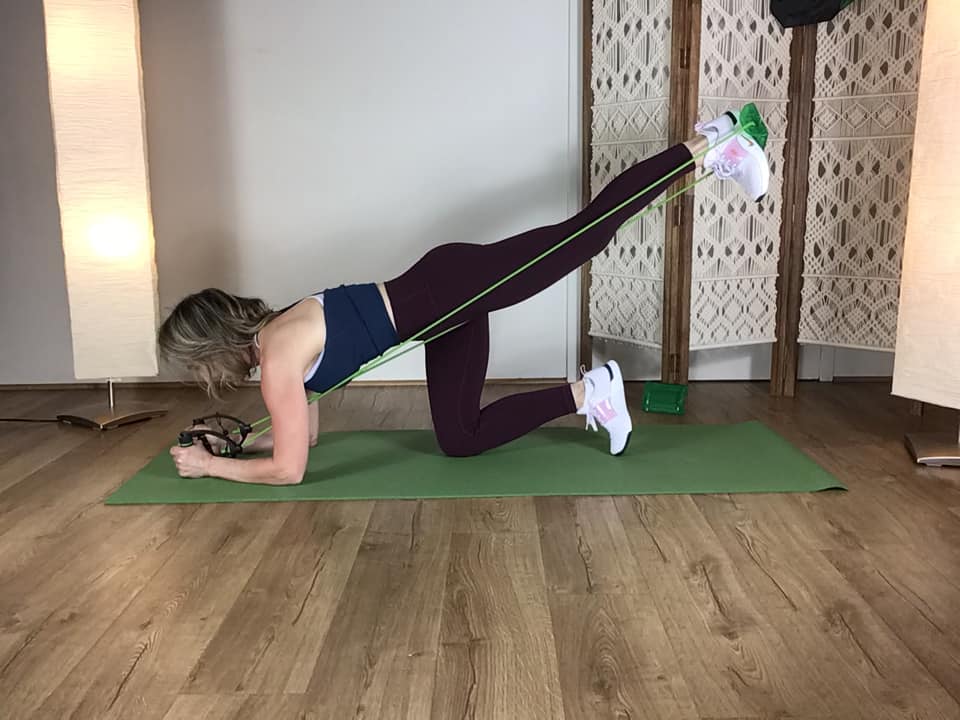
C: Single leg glute bridge with pulldowns – perform 2 sets of 10 reps
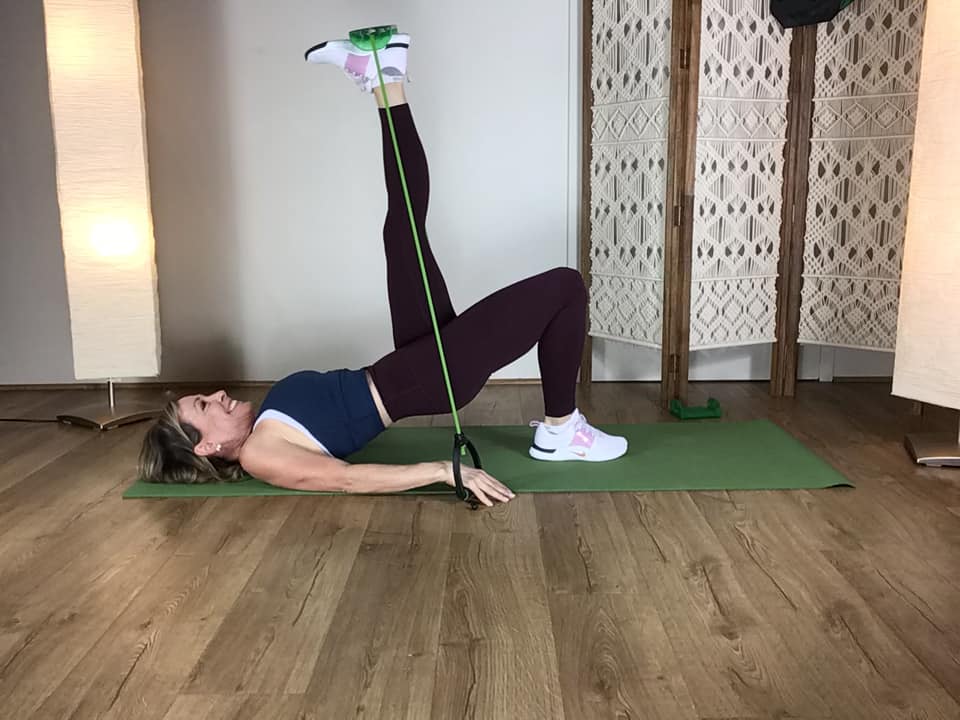
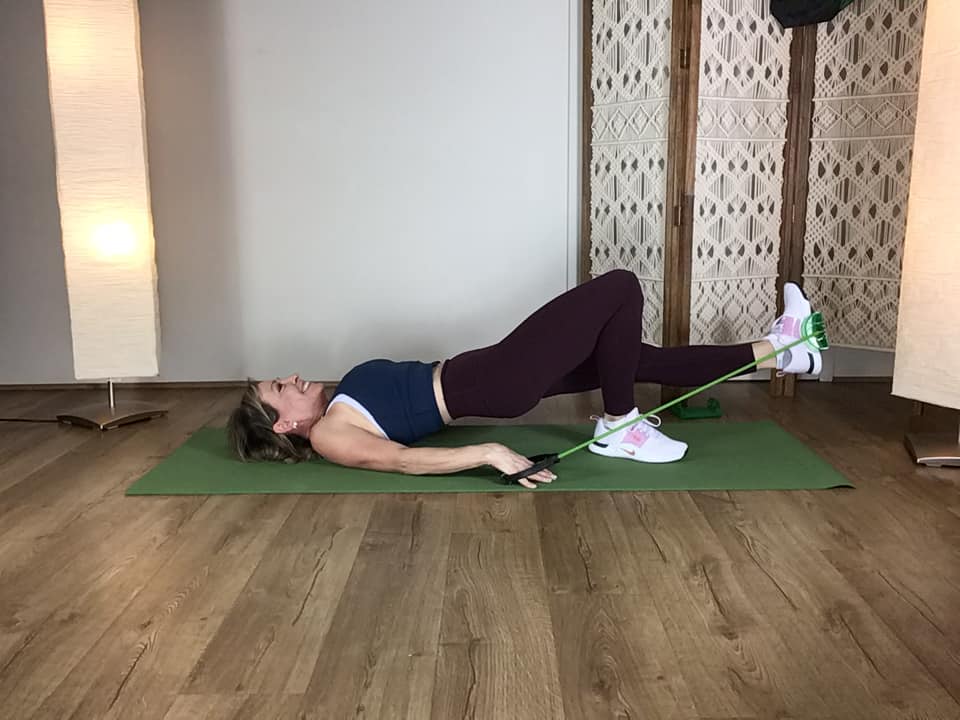
Thankfully, there are ways to improve and reverse our gluteal amnesia. Getting up and out of our chairs is the first step in addressing this condition. Becoming aware of your own body and listening to what it is telling you is key to overall physical health. Nobody can listen more effectively than you!
To learn more about muscle activation, balance, and awareness, join Elly at Midwest MANIA®, October 1-3. Registration starts at $99 (was $359.) Arcarays are a patented foot platform designed to use with rubberized tubing. For more information visit the ArcaRays website.

